Dexter Dalwood speaks at the Zabludowicz Collection
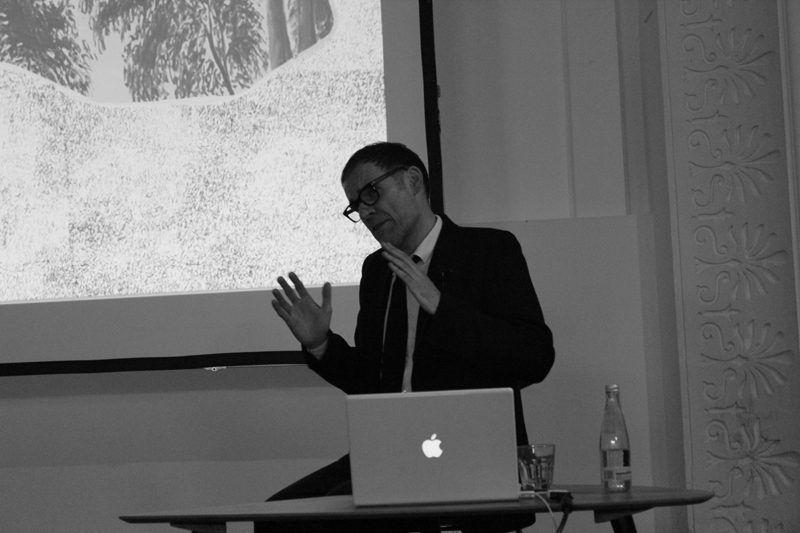
Dexter Dalwood is an intriguing artist: his paintings are both visually alluring and rich in reference. On 2nd February he gave an insightful talk at the Zabludowicz Collection, North London on the subject of his work over the past two decades.
Born in Bristol in 1960, Dalwood received a BA at Central St Martins before moving to the Royal College of Art where he studied for an MA. He has exhibited work at the Institute Of Contemporary Arts (ICA) as well as having a retrospective at the Tate St Ives. In 2010 he was shortlisted for the Turner Prize.
Dalwood’s preferred medium is oil on canvas and, as he explained during his talk, he likes to keep the appearance fresh: “Oil on canvas – not oil on oil on canvas”. He sometimes uses silkscreen printing in his pieces and very occasionally incorporates collage – a practice which stems from a time when he planned out his compositions using collaged pieces before putting brush to canvas. He describes his early works, produced while still in education, as “bad figurative paintings”. It took him some time to find the correct subject matter to work with, and he found it through his love of poetry, literature and music (before Dalwood started painting he enjoyed musical success as a member of punk band The Cortinas).
Many of Dalwood’s pieces reference celebrities and historical events, and they frequently deal with scenes of a morbid nature. The piece Sunny Von Bülow (2003), (which visually alludes to Pre-Raphaelite Sir John Everett Millais’ Ophelia, 1851-2), depicts the wife of art dealer Claus Von Bülow who collapsed as a result of hypoglycaemia – or at the hands of her husband who was accused of injecting her with insulin. Another piece, Room 100, Chelsea Hotel (1999) portrays the New York hotel room shared by Sid Vicious and Nancy Spungen, and the scene of Spungen’s murder.
The series loosely labelled Poets and Drugs is what the title suggests: an exploration of poets and their stories of substance abuse, represented symbolically. Auden (2011), after W H Auden who took Benzedrine every morning, depicts a group of trees and a building reflected in a “puddle” on the canvas. The meaning is unclear (perhaps familiarity with Auden’s work would lend some clarity), nevertheless, the image is striking.
The talk provided an enjoyable introduction to Dalwood’s work. Several of his pieces can be seen currently at the Saatchi Gallery and he’s certainly an artist to watch out for.
Melanie Weaver
Photos: Luna Ingrassia
For further information visit Dexter Dalwood’s website here. For further information about exhibitions and events at the Zabludowicz Collection visit the gallery’s website here.

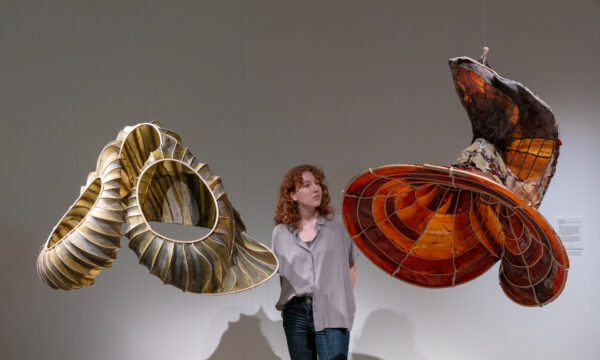
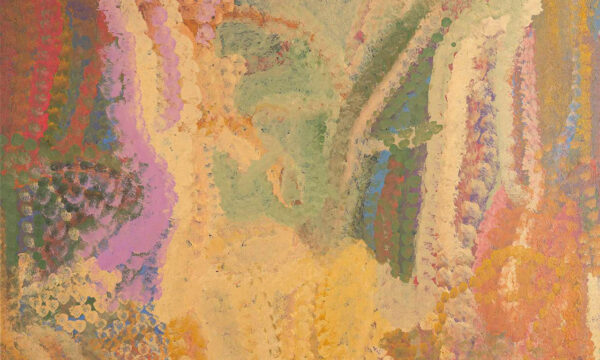

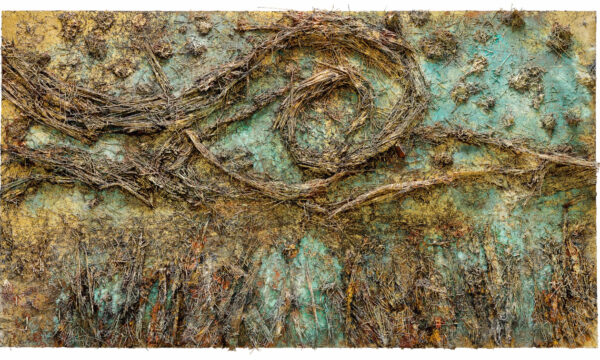
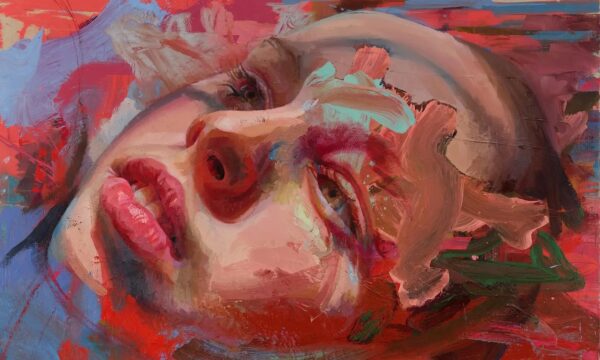
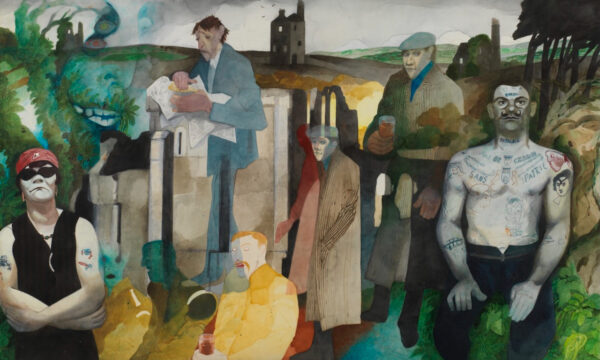
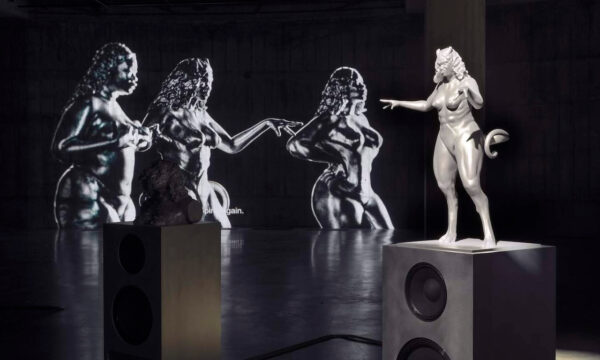

















Facebook
Twitter
Instagram
YouTube
RSS